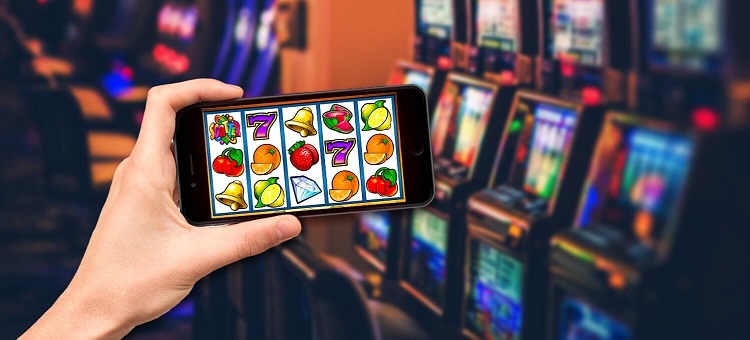In recent years, the number of digital features such as knowledge panels, images and local packages has multiplied exponentially, so as to influence SEO in a rather decisive way. Inevitably, this type of SERP behavior also influences the users’ attitude.
When the features of the search engine results page – from carousels of sponsored products to videos, up to rich snippets – are present on the response page to a specific query, 74% of users consider them. This is because the new generation SERP features have a sort of “visual weight “which affects the gaze, and therefore the click of the user in a non-linear way.
These results, obtained by analyzing 471 queries involving participants in a study between 2017 and 2019, allowed to confirm the correlation between eye tracking, usability and behavior.
The images in particular were captivating and attractive, as were the elements on the page that provided quick answers (knowledge panels), even in conditions of particular variability and complexity of the interface at the graphic level. Today, users adapt and respond proactively to this type of variation, so much so that it takes just under six seconds to click on the first selection.
A second study, conducted this time by Yext, should also be considered, which found an increase (17%) in the interactions with the local business pages compared to the previous year (10%). In practice, this means that more and more advanced digital users are now identifying what they want to find much faster, and spending less time researching and more time interacting .
The user’s network evolution and change of use of the pages from the past – when the eye is moved in sequence from top to bottom, from left to right – is called ” model flipper ” (pinball pattern) and it precisely identifies the eye’s ability to intercept, in an apparently random way, the points of interest on a web page – or in this case of results – which has many different elements.
According to Nielsen’s report, this change is related to the inconsistency of the results pages from one query to another, which pushes the user to evaluate the page as a whole before making his choice, calibrating it where his attention is drawn. In marketing terms, this means that not only the type of information and its medium, but also its positioning will influence the visibility and click of a certain element.
Compared to 2006, when it was the first result on the search page to be clicked (51% of clicks), things have changed a lot, considering that in 2019 the same item receives only 28% of clicks.
Pinball model: better results even for those who are not in first position on Google
In today’s digital marketing strategies, therefore, this new trend must be taken into consideration.
Although zero-click searches obviously continue to exist, now even the ads and results positioned lower than the top positions see their chances of success increased. In 2019, 59% of users analyzed clicked on one of the first three results, and the lower positions were also more used.
Likewise, users now tend to go back to the results page and scroll down if the first selection did not resolve their query. The results placed after the scroll, in the so-called “below the fold” area, continue to be penalized, unless the result sought is a complex query: in this case, the click-through rate of these answers is on the 20%.
What does it mean? That in-depth, quality, well-elaborated, and vertical content can still attract clicks even if they are lower in the SERP, however taking into account that only in 2% of cases do users tend to venture on the second page.
 HammBurg Be informed with latest news, reviews, entertainment, lifestyle tips, and much more.
HammBurg Be informed with latest news, reviews, entertainment, lifestyle tips, and much more.




